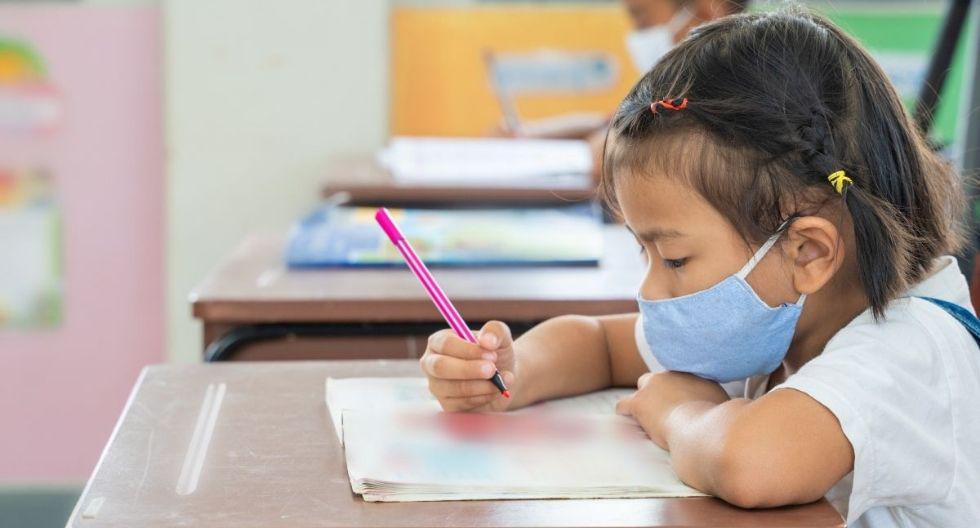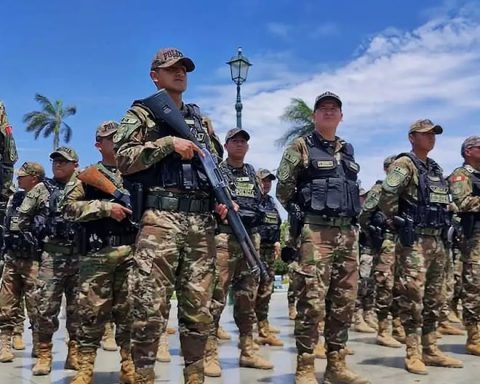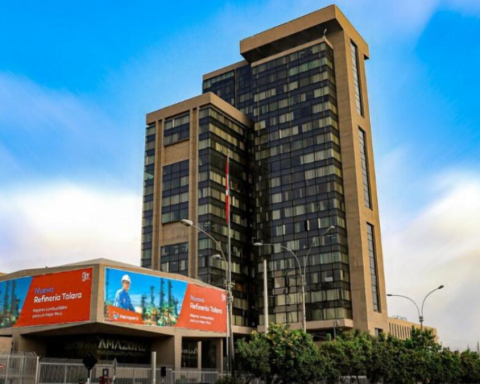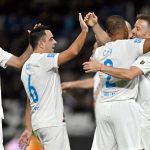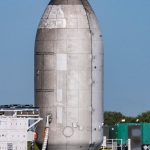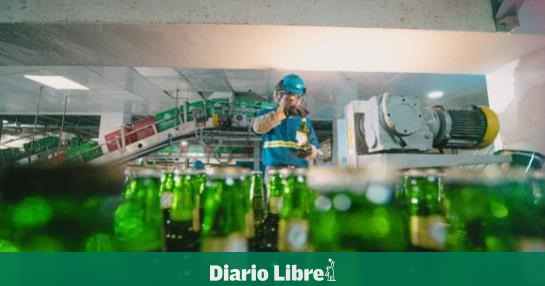By Taxpayers Association
A few days before the start of classes, Peru still faces important challenges for a return to face-to-face classeswith adequate equipment, infrastructure and connectivity, which allow mitigating the serious effects that the pandemic in the learning of our boys and girls, especially in rural areas of the country. Even so, the current government has decided to release 100% capacity for various commercial items and maintain capacity limitations in educational institutions.
The release of capacity in commercial establishments is not a bad measure, do not misunderstand. What is not acceptable is that 100% attendance is allowed in a commercial premises attended by much more vulnerable people and in which there is a greater risk of contagion, and 100% attendance is not allowed in the educational centers that today have to cross a via crucis to obtain the corresponding permits from the Ministries of Education and Health, and that definitely generate fewer risks and negative externalities, by having larger spaces, open recreation areas, patios, gardens, among others.
Is the government aware that it cannot regulate commercial activities with a silk ribbon and the most important sector with an iron chain at this juncture?
It is essential that schoolchildren learn again at school, which is a space for intellectual, emotional and social enrichment, in which community is built and one also learns to live with citizenship values. Various studies show that during the pandemic, Peruvian students did not learn even 30% of the content they were supposed to, according to the national curriculum, for various reasons, including lack of internet access, technological equipment, and in some cases due to lack of digital skills of teachers.
Therefore, the current scenario forces us to return to classes more ‘connected’ than ever. In other words, we will no longer be able to return to a traditional education model without digital tools and capabilities. According to the Organization for Economic Co-operation and Development (OECD), the majority of students in the region do not have the resources to “connect or use an electronic device, with a clear difference between educational centers in favored and disadvantaged environments” .
This reality is not different in Peru. The infrastructure gaps for connectivity and the interruptions of classes, due to the closure of schools in some cases, or due to the inability to access virtual education, in others, are having a direct impact on the increase in inequality, productivity and, in the words of the aforementioned organization, it is even being affected “the recovery of employment lost by women, who mainly assume the responsibility of caring for children.”
The return to 100% of face-to-face classes is possible
The evidence shows that schools have a low probability of being sources of contagion. Still, to minimize risks, the WHO recommended prioritizing classroom ventilation, staggered groups, social distancing, and ensuring basic water and sewage services.
The experience of countries in the region that partially and progressively reopened schools under these measures, adapted to their realities and needs, showed that the return to face-to-face classes is safe. But the basic services and adequate infrastructure of educational centers, especially the State, is a limitation in Peru. The Minedu has a budget of S / 5,793 million to improve the conditions of the schools. But at the end of last September, not even 50% had been invested.
According to the World Bank, two years of virtual-only classes could mean the loss of 2 to 2.5 years of education, which will have an impact on the future employment of these students.
The impact on our boys and girls
According to UNESCO, globally, more than 1.2 billion students of all levels dropped out of face-to-face classes in a school in 2020. Of that total, 160 million were from Latin America and the Caribbean.
By October 2021, while most of the countries in the region had already reopened their classrooms, in Peru only 8,887 did so in the blended modality (less than 10%), despite the fact that there were 96,566 enabled schools and more than 84% of teaching staff already had the two doses of the vaccine.
